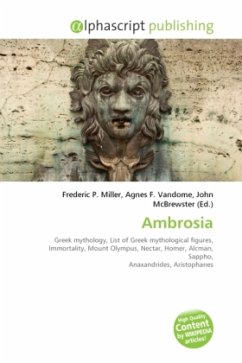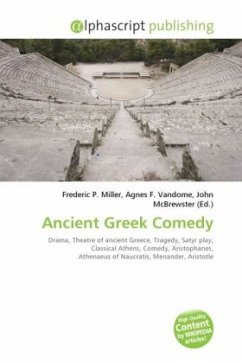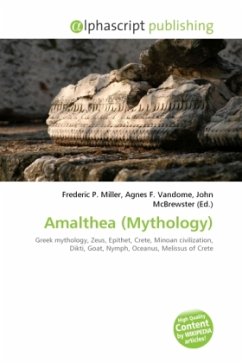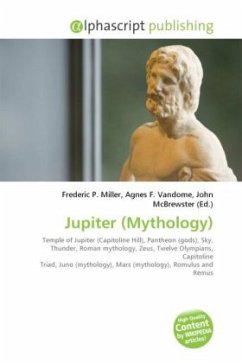High Quality Content by WIKIPEDIA articles! In ancient Greek mythology, Lamia was a beautiful queen of Libya who became a child-eating daemon. While the word lamia literally means large shark in Greek, Aristophanes claimed her name derived from the Greek word for gullet, referring to her habit of devouring children. Some accounts say she has a serpent's tail below the waist. This popular description of her is largely due to Lamia, a poem by John Keats published in 1819. Antoninus Liberalis uses Lamia as an alternate name for the serpentine drakaina Sybaris. However, Diodorus Siculus describes her as having nothing more than a distorted face. Later traditions referred to many lamiae; folkloric monsters similar to vampires and succubi that seduced young men and then fed on their blood.
Bitte wählen Sie Ihr Anliegen aus.
Rechnungen
Retourenschein anfordern
Bestellstatus
Storno








